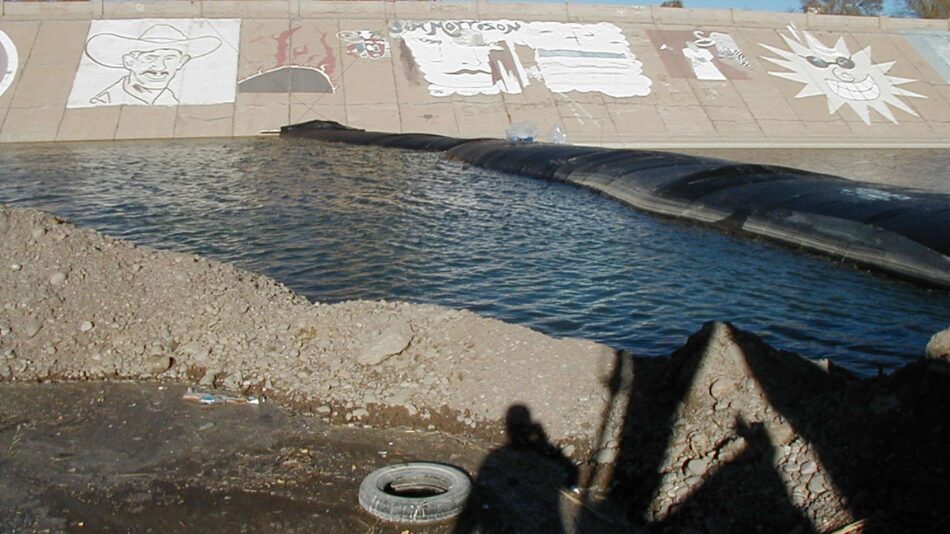
Positioned at the upstream end of the AquaDam® cofferdam system in the Arkansas River in Pueblo, Colorado, one can observe the two upstream single closed-end (SCE) AquaDams. The fill-tubes of the second SCE AquaDam® are faintly visible, made of clear plastic, resting atop the closed end of the first dam.

Observing the AquaDam® cofferdam system downstream, we can see that the second set of SCE AquaDams is currently being installed near the bridge.
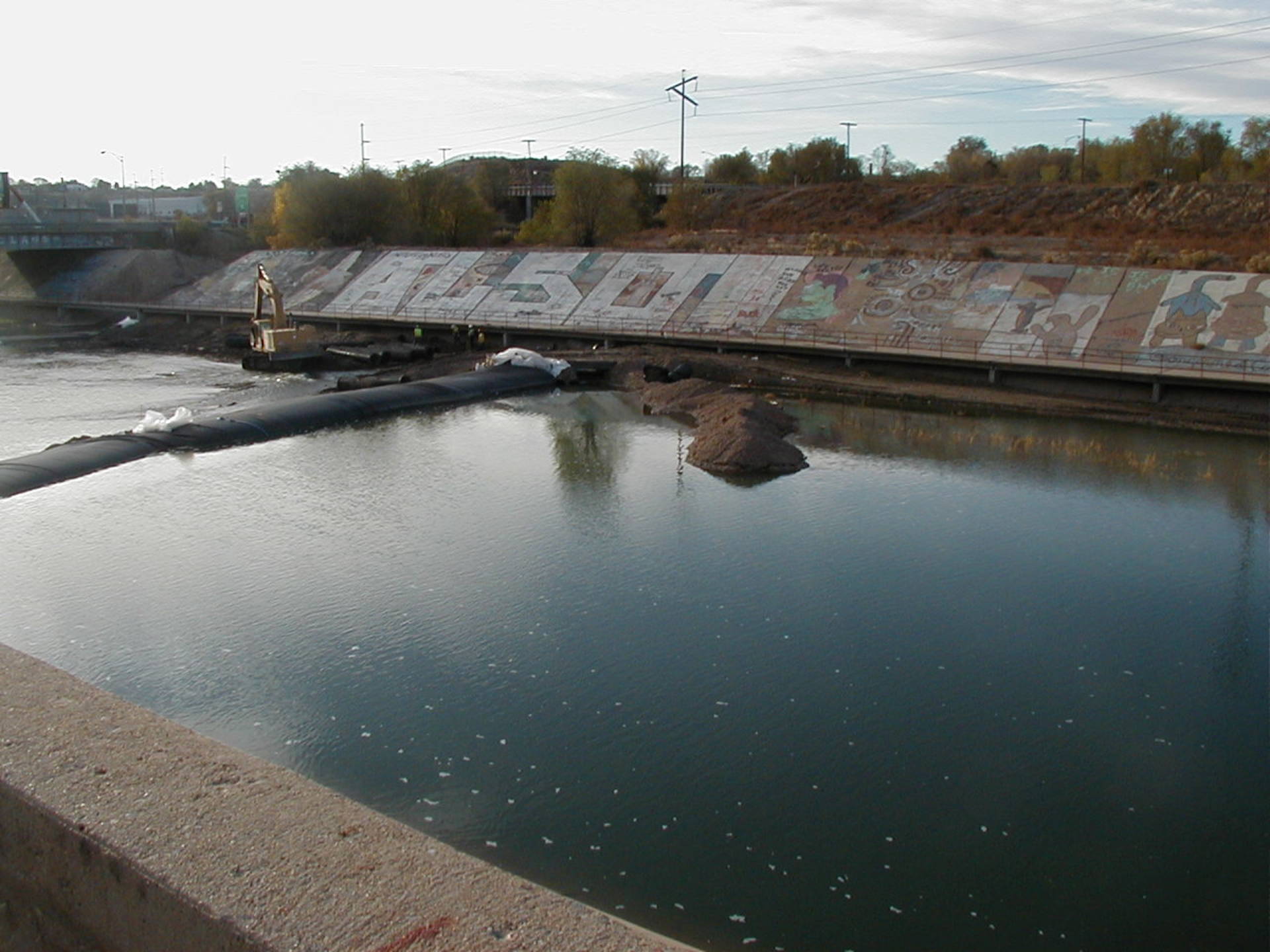
Construction workers are currently in the process of building the diversion channel using culvert pipes and non-abrasive fill material. It is worth noting that the AquaDam® on the left seems to be controlling a greater water depth than its rated capacity.
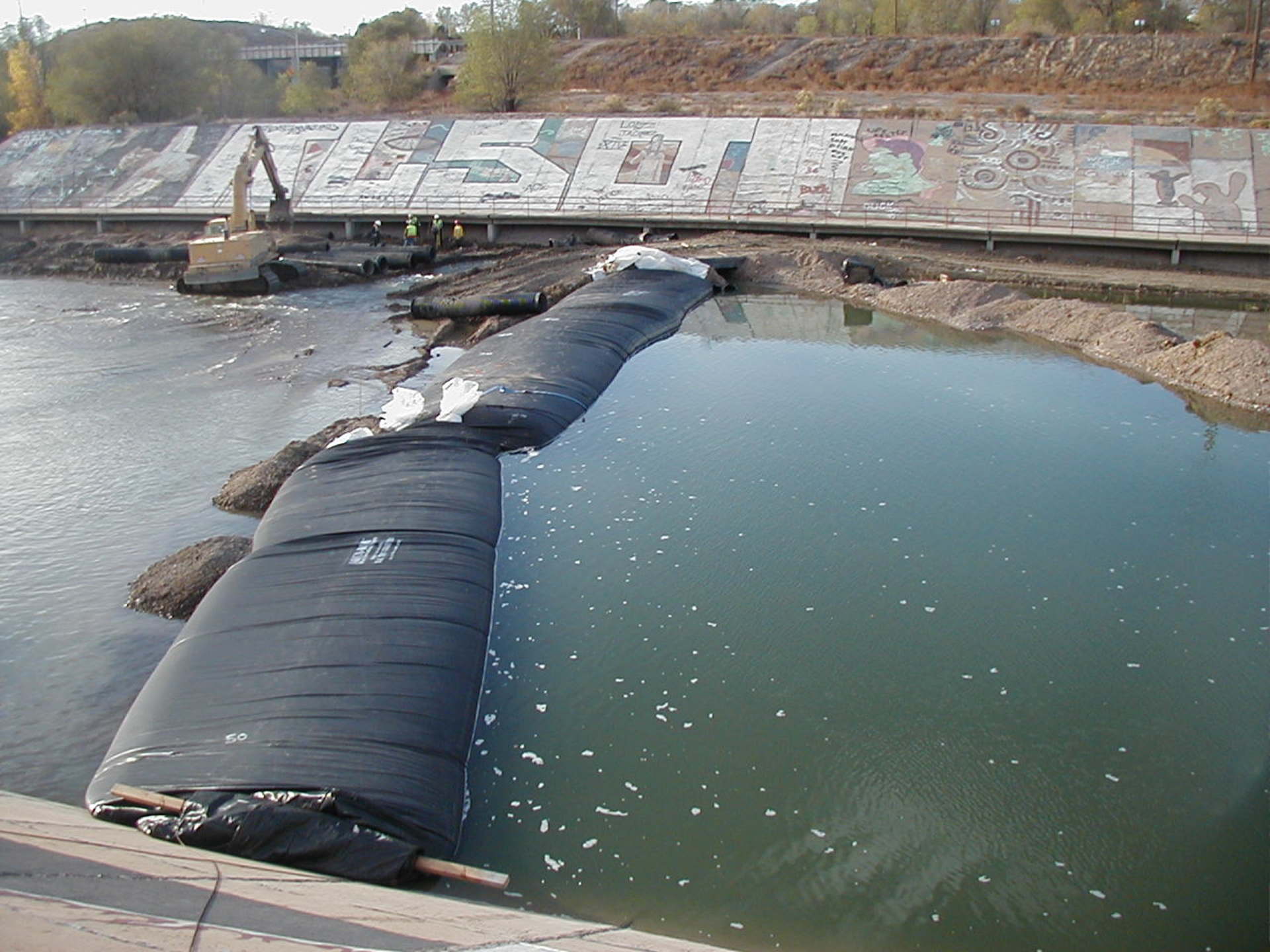
Here is a better view of the two upstream SCE AquaDams. To ensure proper installation and functionality of a SCE AquaDam, it is essential to have a starting bank that maintains a higher elevation than the body of the AquaDam. The open end and fill-tubes of the SCE AquaDam® must remain elevated above the full height of the dam along its designated path. It is important to note that an AquaDam® will only reach its maximum height at the lowest elevation point along its designated path.
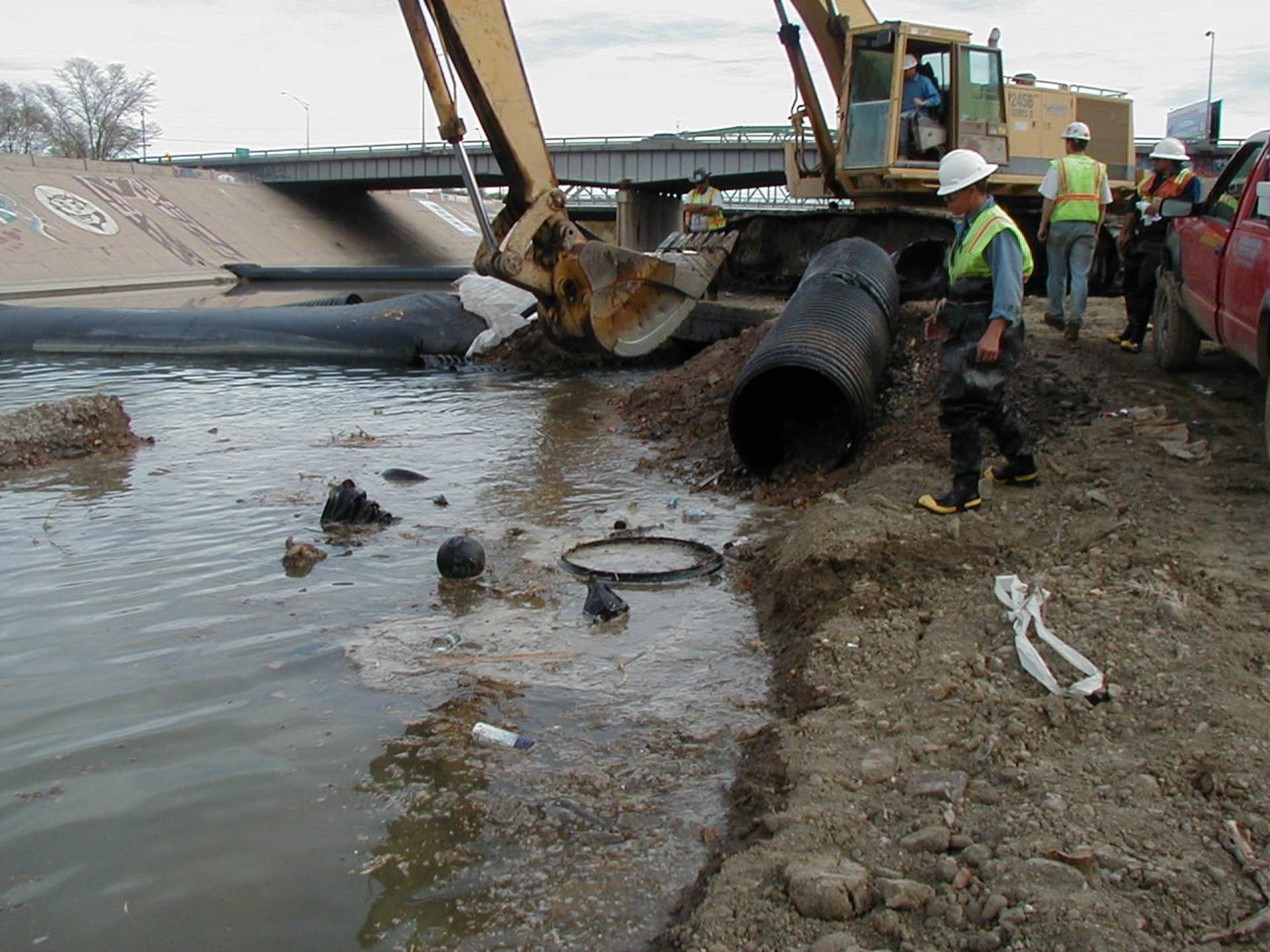
Workers have removed some of the fill material, that was impeding the flow for the installation of the AquaDams. This action has effectively opened the diversion channel, enabling the smooth passage of water.
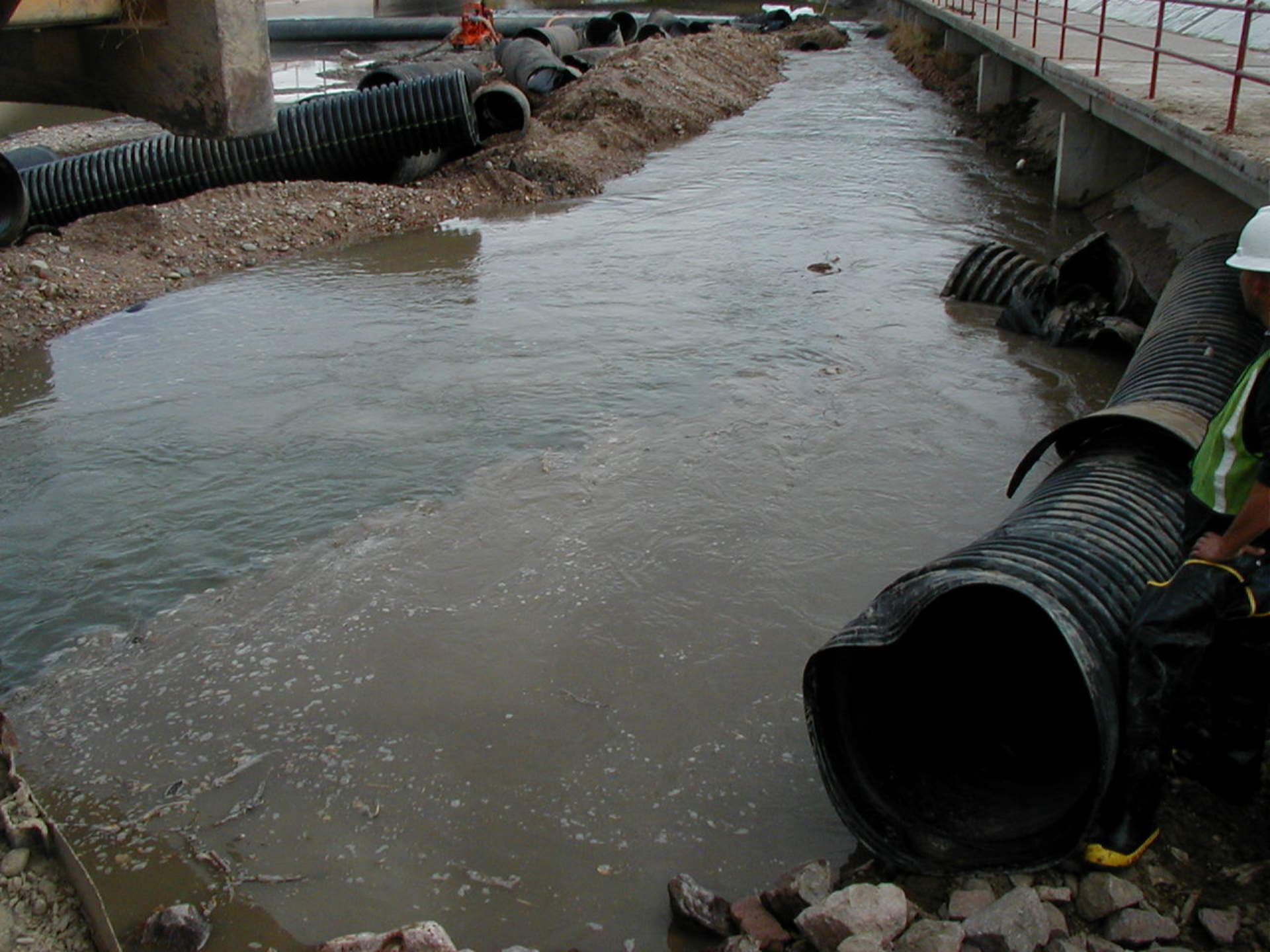
The diversion channel is flowing! Workers have diverted the flow towards the Southern side of the canal.
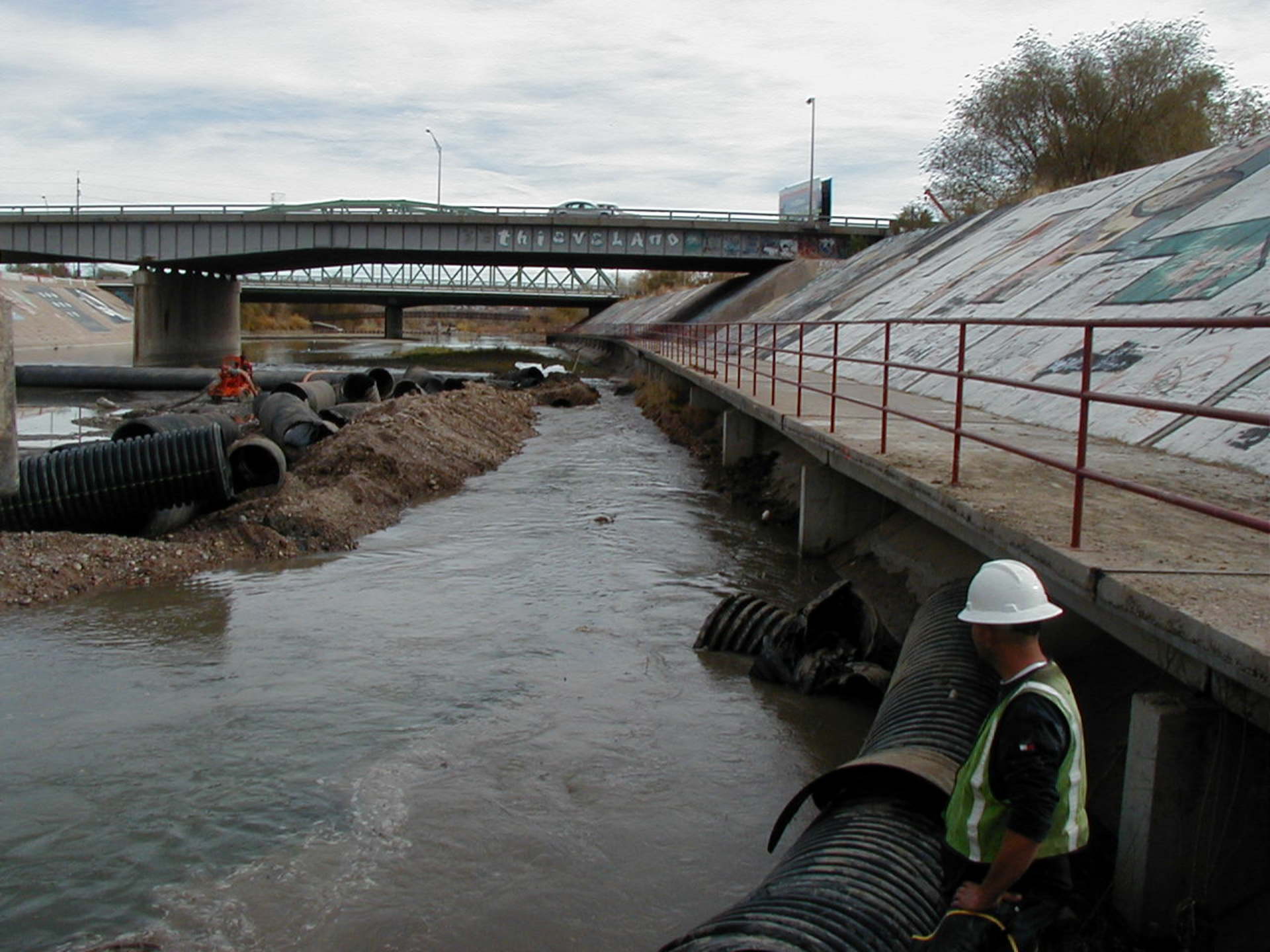
Taking a look at the downstream end of the diversion channel, workers have managed to squeeze the river into a very narrow channel.
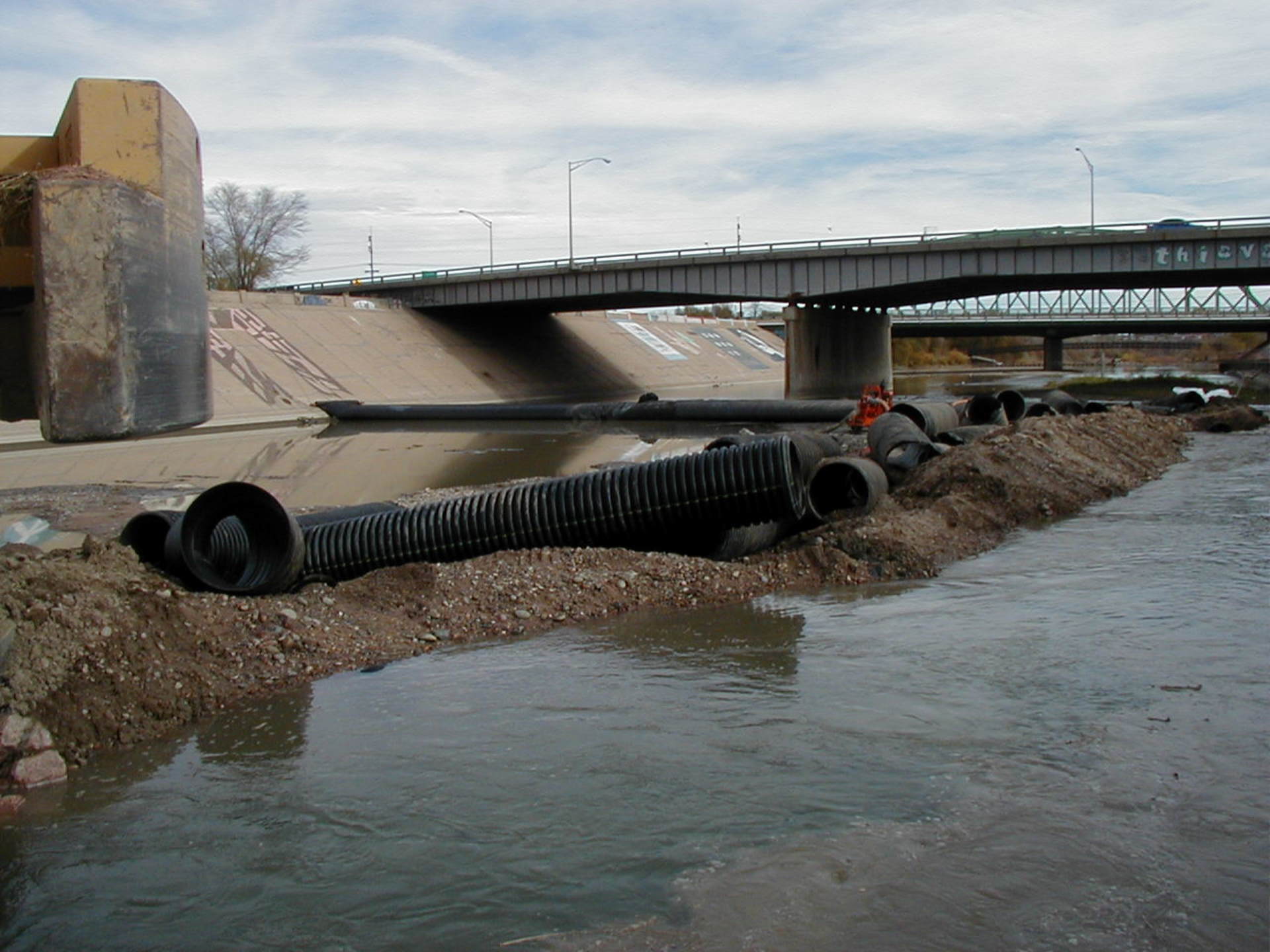
A de-watering pump has been placed in the work area.
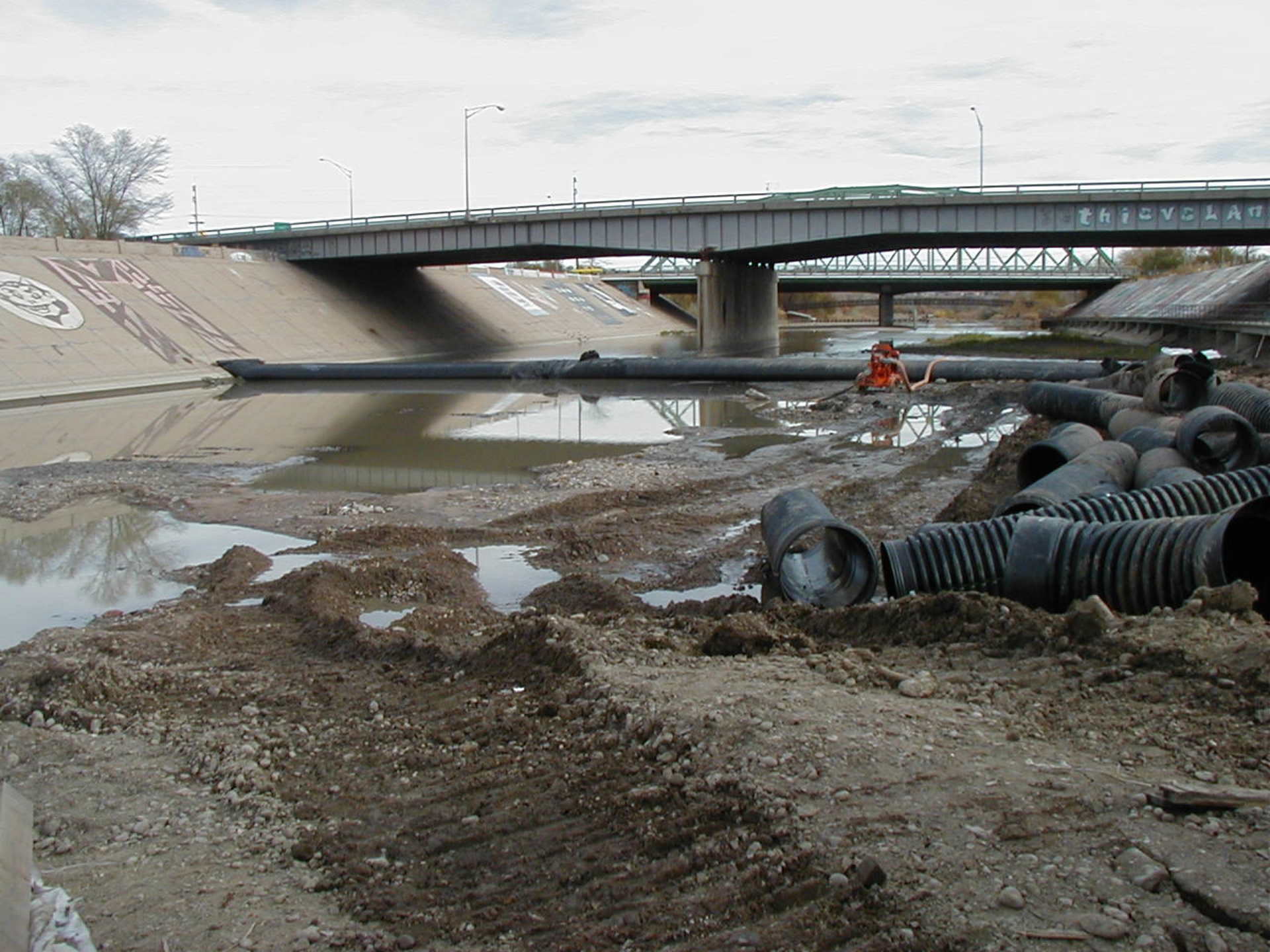
A view of the work area and the downstream AquaDams. The diversion channel is out of the photo to the right.
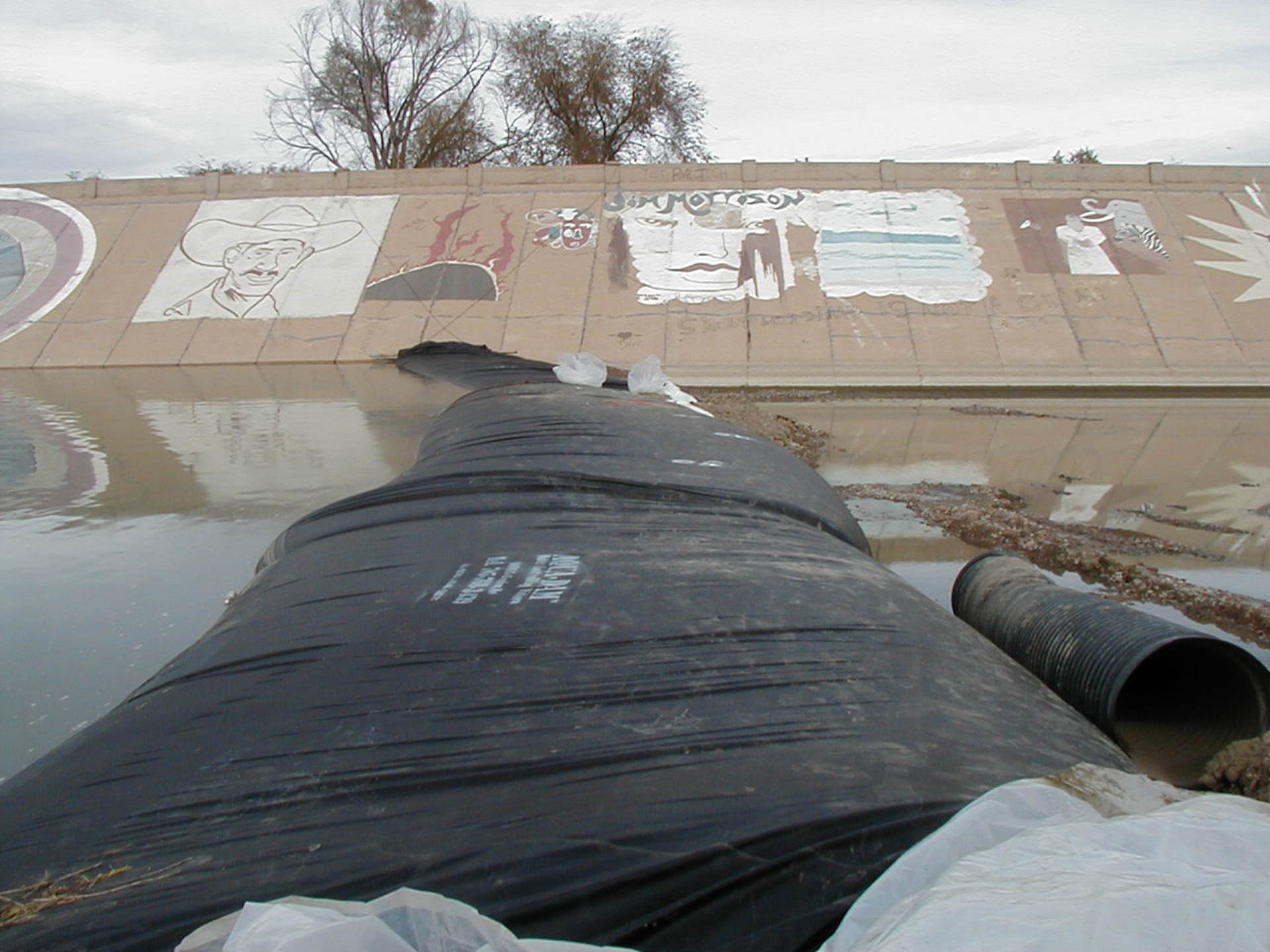
Take a look down the length of the two upstream SCE AquaDams. The clear whitish material on top of the dams is the fill-tubes. Nonabrasive fill was placed against the AquaDams on the de-watered side for extra support. Can you see the difference in water depth from left to right?
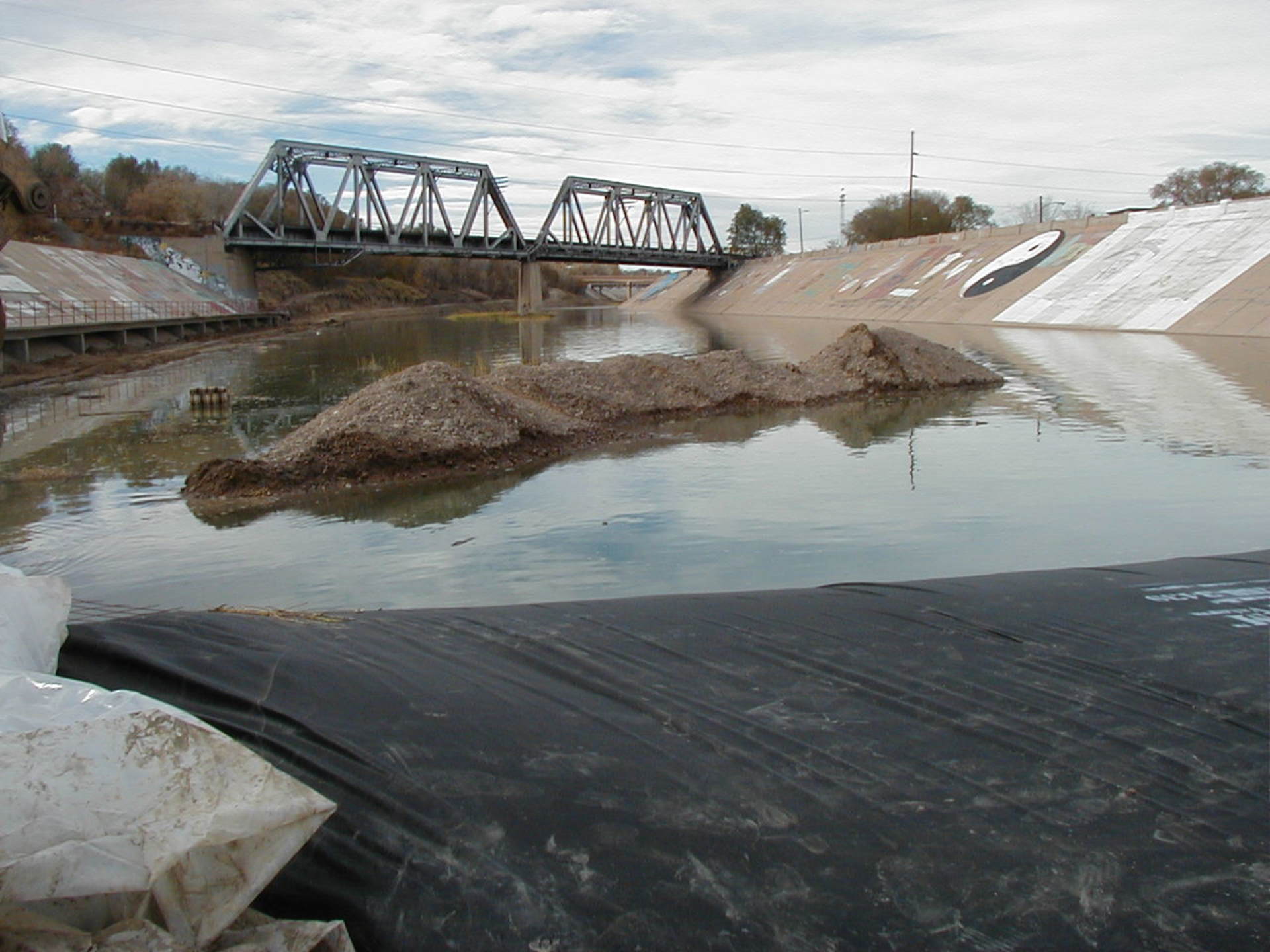
Looking upstream towards the railroad bridge and the fill that was used to impede the flow of the river while the AquaDams where installed.
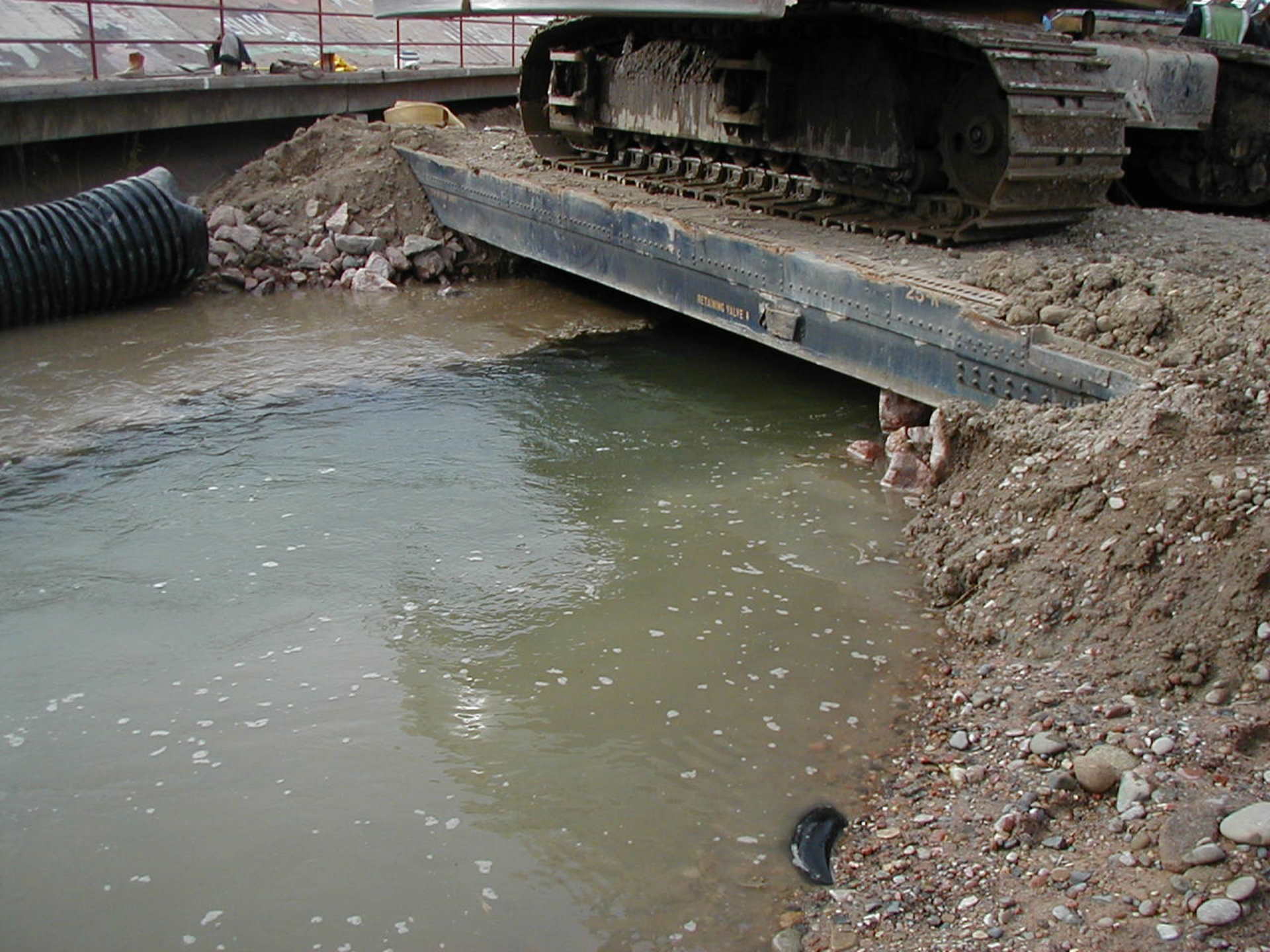
A small bridge was required to span the diversion channel, allowing for the seamless passage of heavy equipment in and out of the work area, thereby avoiding the need to traverse through the water.
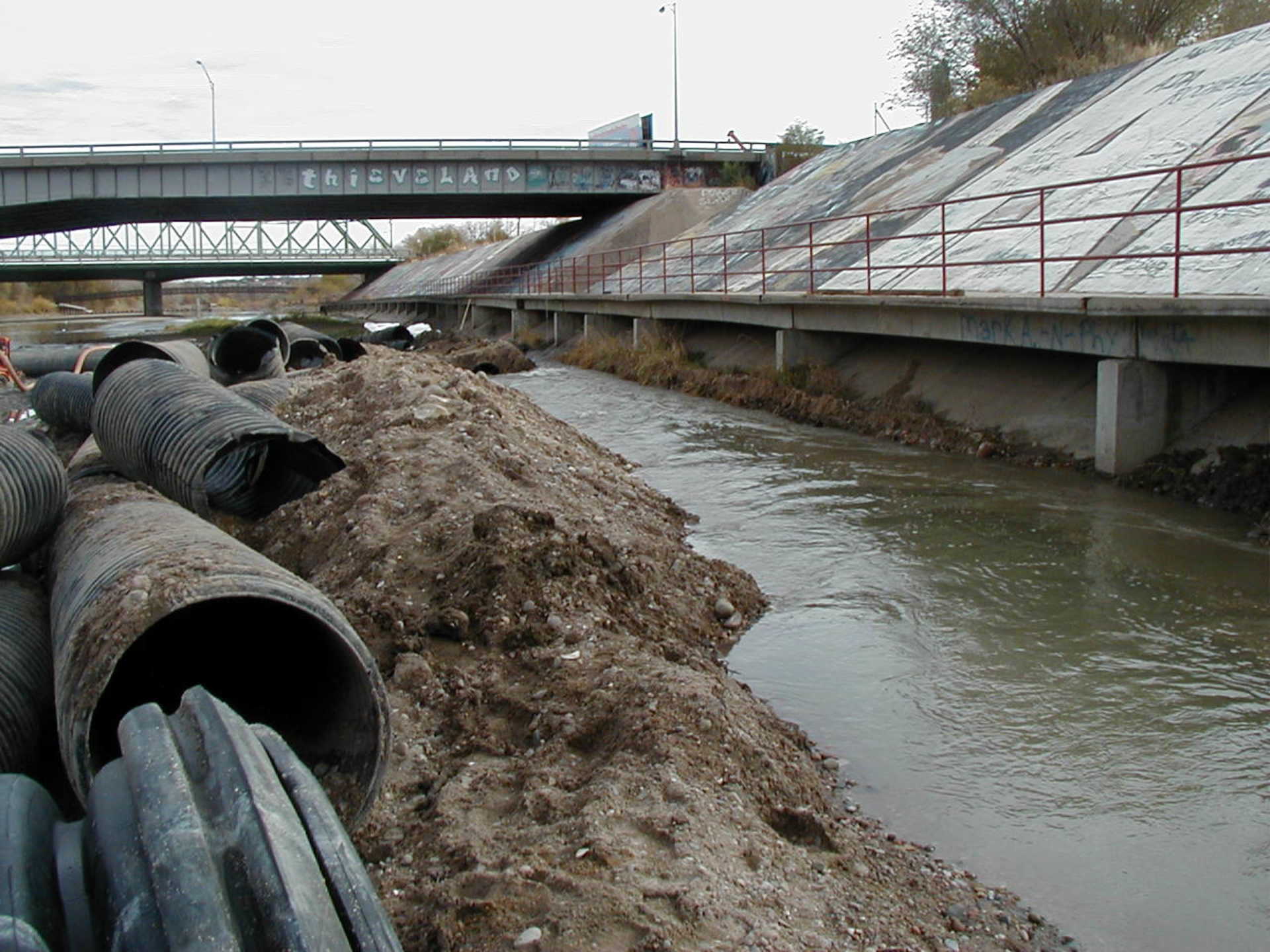
Looking downstream while standing between the work area and diversion channel. The footbridge for the Arkansas River Trail can be seen in the far distance, downstream.

Looking at the de-watering work area and the two downstream SCE AquaDams.
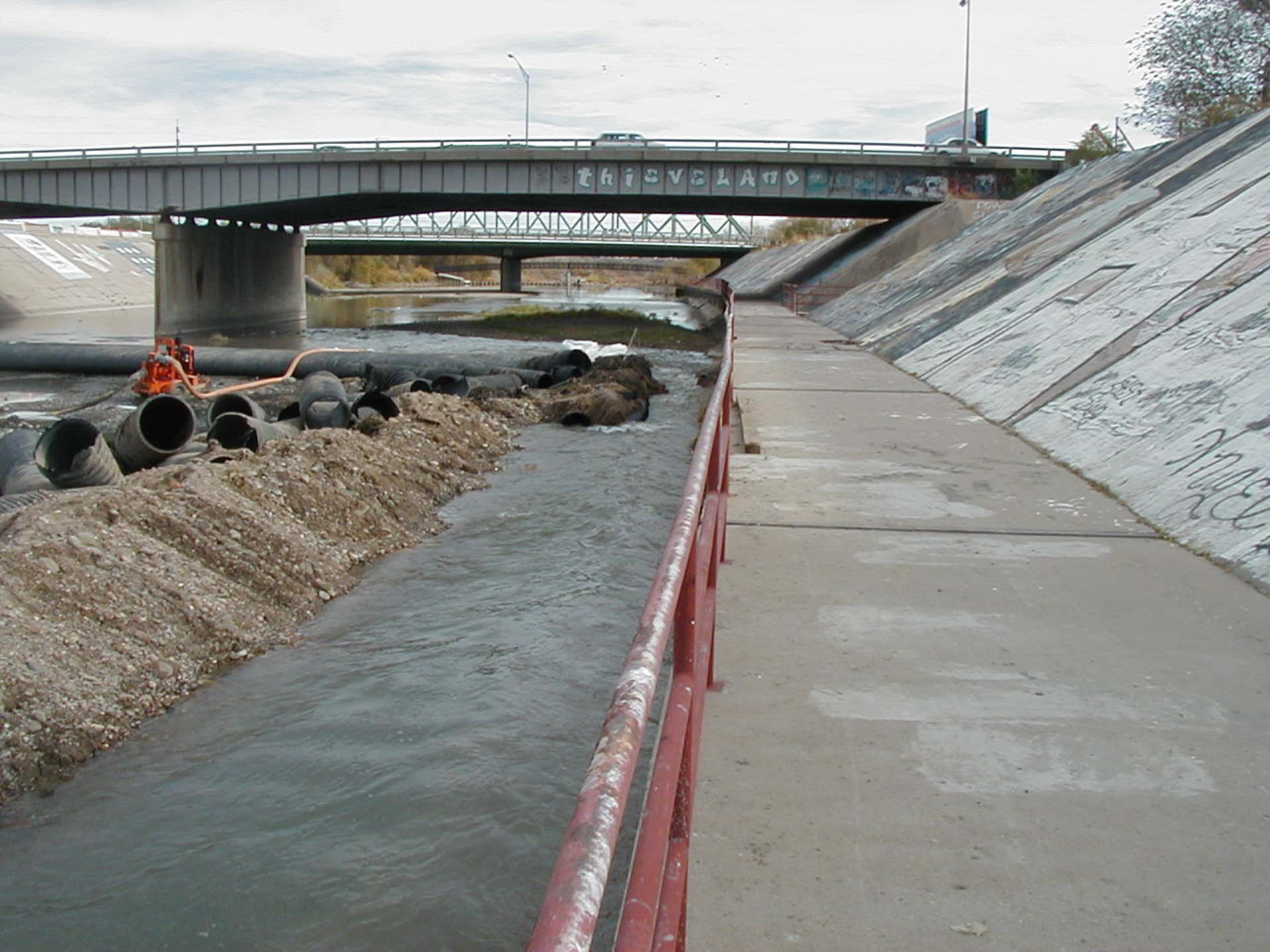
Another view of the diversion channel. Additional AquaDams could have been used instead of the nonabrasive fill material to build the embankment.
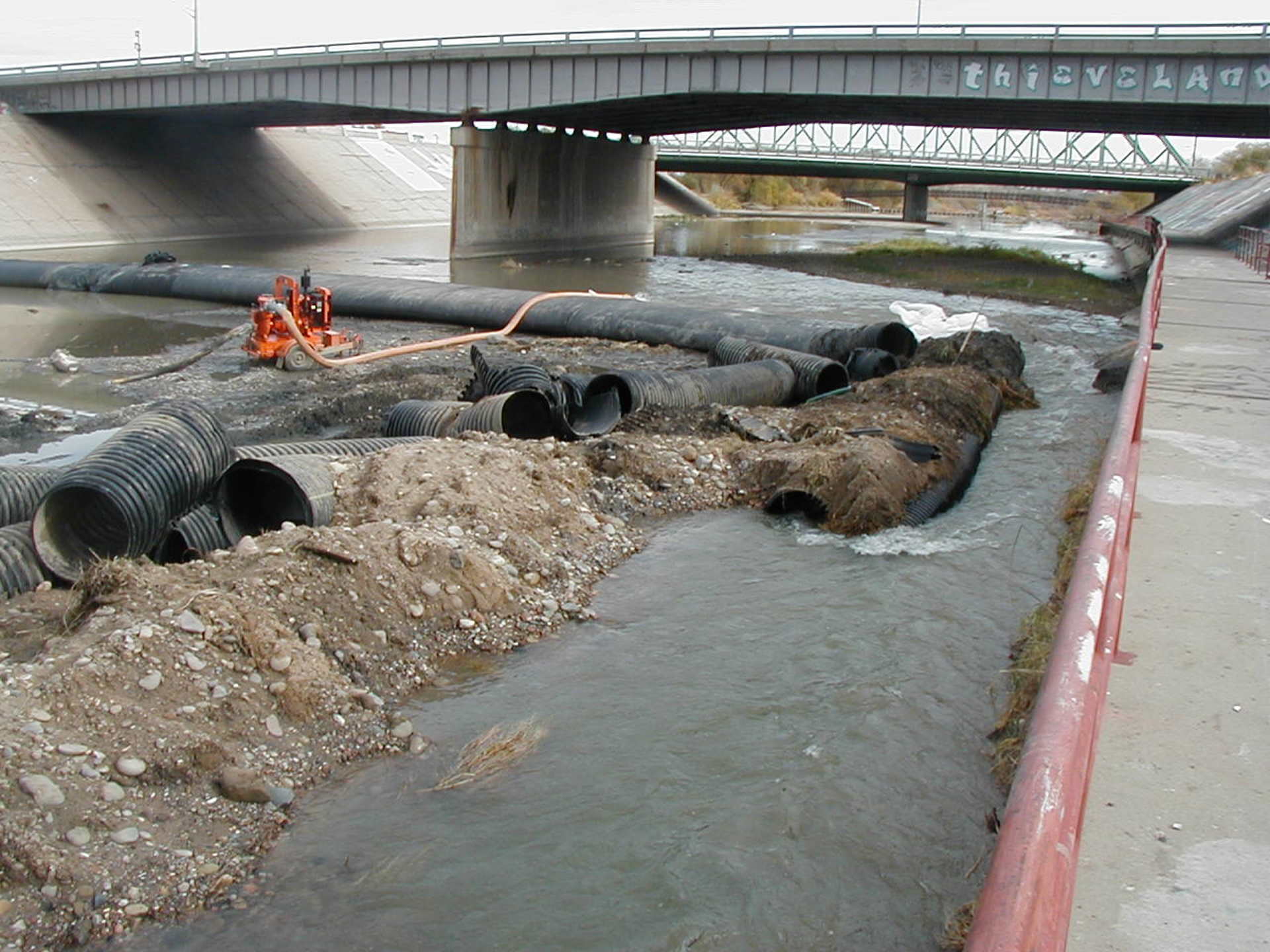
A close up of the downstream end of the diversion channel. The narrowing of the channel can really be seen here.
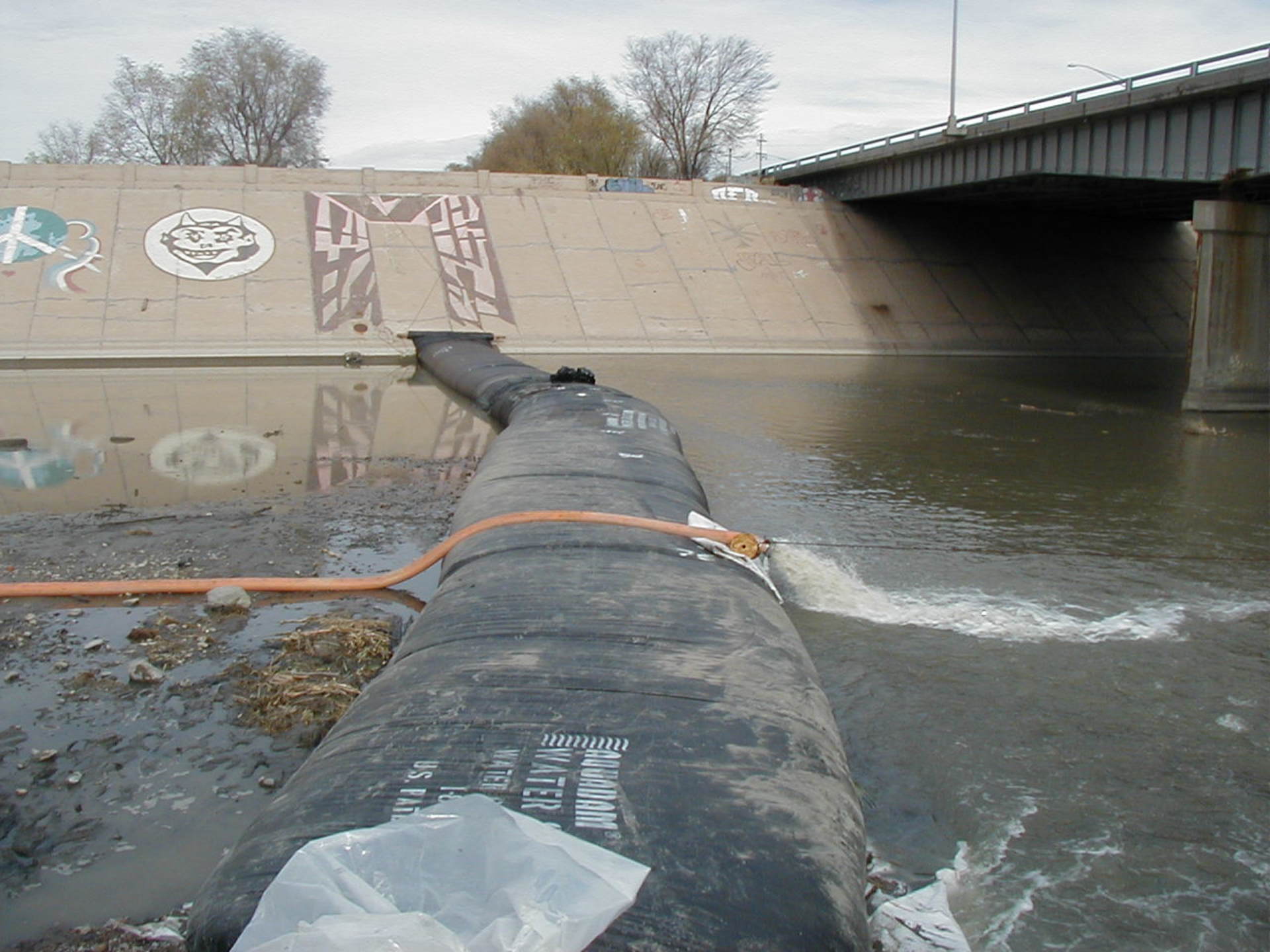
The downstream AquaDams in action. The downstream water depths are typically less because the water is traveling downhill.
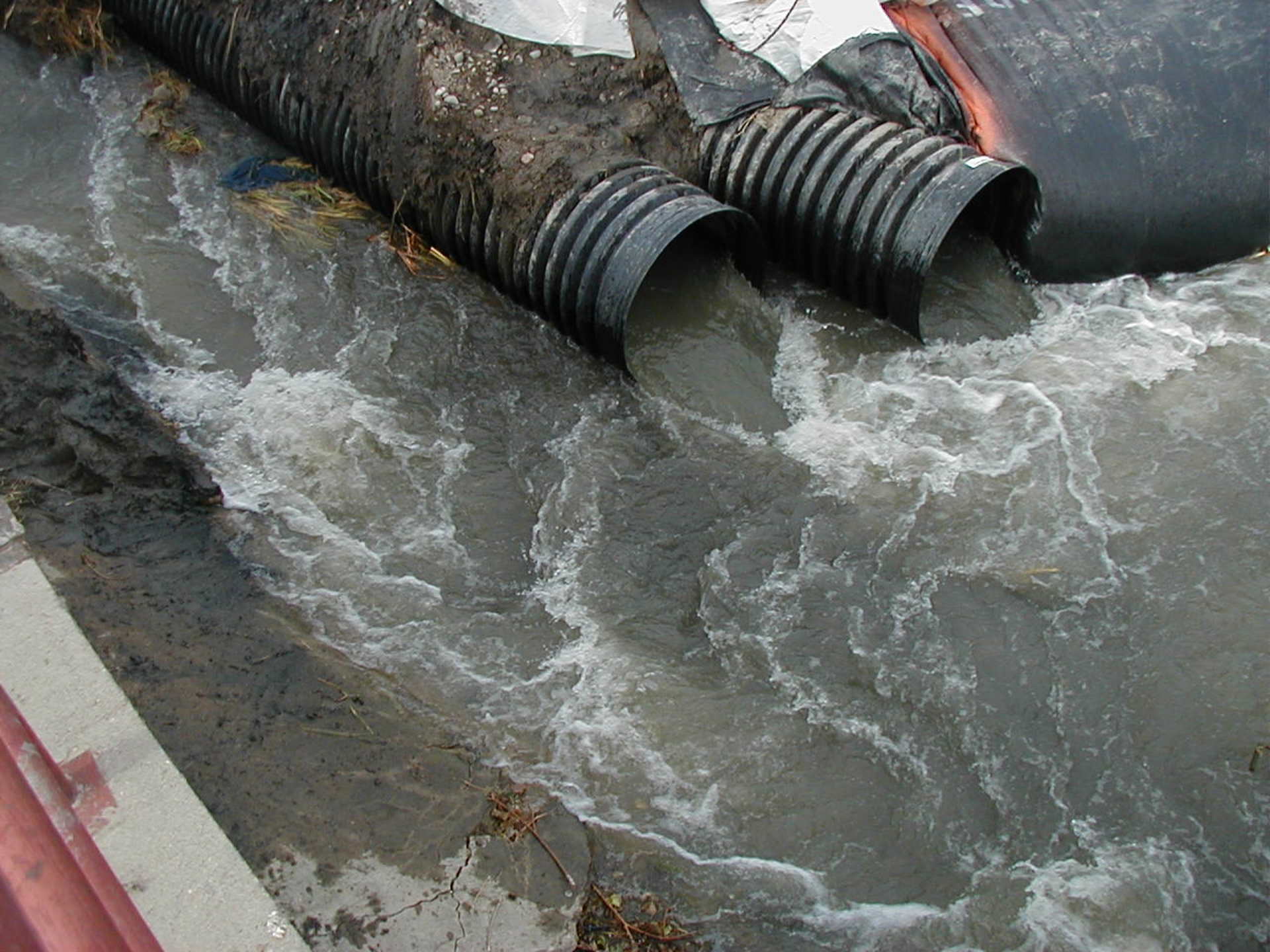
Here we can see the exit of the diversion channel, which additionally acted as the starting bank for the first downstream SCE AquaDam. Wonderful job AquaDam!
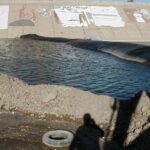
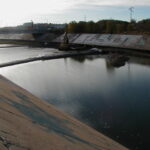
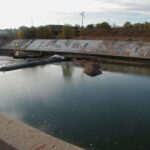
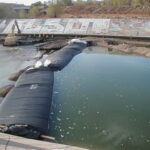
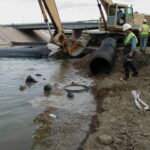
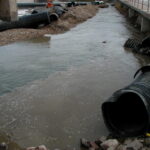
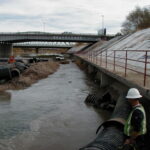
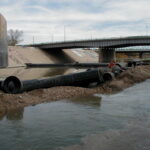
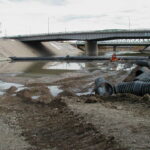
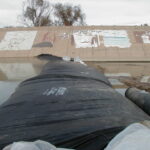
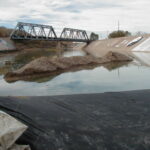
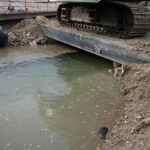
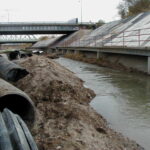
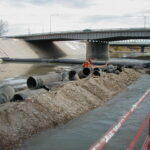

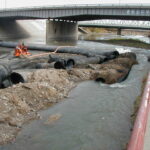
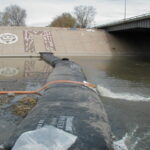
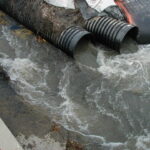
Four Single Closed End (SCE) AquaDams, Arkansas River, River Diversion
